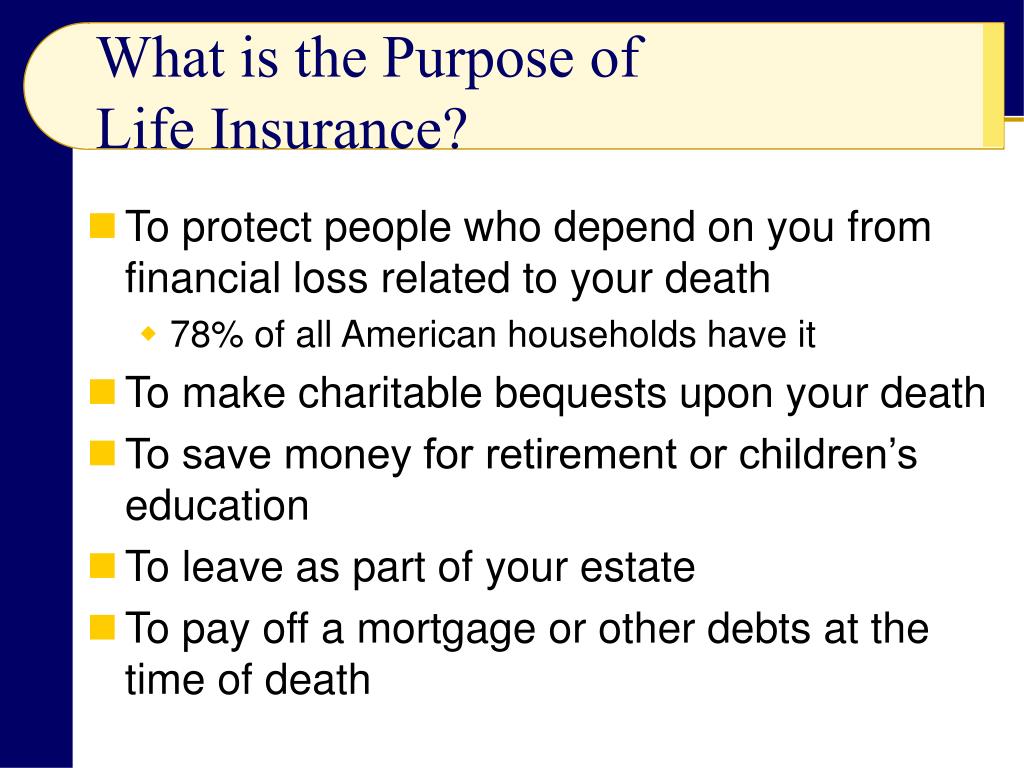Pacific Prime Fundamentals Explained
Pacific Prime Fundamentals Explained
Blog Article
The Only Guide for Pacific Prime
Table of Contents8 Simple Techniques For Pacific PrimeThe Main Principles Of Pacific Prime The Main Principles Of Pacific Prime Some Known Incorrect Statements About Pacific Prime The Greatest Guide To Pacific Prime

This is due to the fact that the data were accumulated for a period of solid financial performance. Of the estimated 42 million people who were without insurance, almost regarding 420,000 (concerning 1 percent) were under 65 years of age, the age at which most Americans come to be qualified for Medicare; 32 million were adults between ages 18 and 65, about 19 percent of all grownups in this age; and 10 million were kids under 18 years old, regarding 13.9 percent of all kids (Mills, 2000).
These price quotes of the number of individuals without insurance are generated from the annual March Supplement to the Present Population Study (CPS), conducted by the Census Bureau. Unless otherwise kept in mind, nationwide quotes of individuals without medical insurance and proportions of the populace with various type of protection are based upon the CPS, one of the most commonly made use of source of quotes of insurance coverage and uninsurance rates.
Not known Incorrect Statements About Pacific Prime

Still, the CPS is particularly beneficial because it produces annual price quotes reasonably promptly, reporting the previous year's insurance protection approximates each September, and since it is the basis for a consistent collection of quotes for more than two decades, enabling analysis of trends in protection gradually. For these reasons, along with the extensive use the CPS in various other researches of insurance protection that exist in this record, we depend on CPS price quotes, with restrictions kept in mind.

The estimate of the variety of uninsured individuals increases when a populace's insurance policy status is tracked for several years. Over a three-year period beginning early in 1993, 72 million individuals, 29 percent of the united state populace, were without coverage for at the very least one month. Within a single year (1994 ), 53 million individuals experienced at the very least a month without insurance coverage (Bennefield, 1998a)
6 out of every ten without insurance adults are themselves employed. Working does enhance the possibility that one and one's family participants will have insurance policy, it is not a warranty. Even members of families with 2 full-time wage income earners have almost a one-in-ten possibility of being without insurance (9.1 percent without insurance price) (Hoffman and Pohl, 2000).
The Only Guide for Pacific Prime
New immigrants account for a substantial proportion of people without health insurance coverage. One analysis has associated a substantial portion of the current development in the dimension of the united state uninsured populace to immigrants who showed up in the nation in between 1994 and 1998 (Camarota and Edwards, 2000). Current immigrants (those that came to the United States within the past four years) do have a high rate of being uninsured (46 percent), however they and their youngsters make up simply 6 percent of those without insurance across the country (Holahan et al., 2001).
The relationship between health insurance and access to care is well established, as documented later in this chapter. The partnership between health insurance policy and wellness results is neither direct neither simple, a comprehensive medical and health services study literature links health insurance protection to better accessibility to care, much better quality, and boosted individual and populace health and wellness status.
Degrees of analysis for examining the results of uninsurance. This discussion of medical insurance coverage concentrates mostly on click resources the united state populace under age 65 since basically all Americans 65 and older have Medicare or various other public insurance coverage. Furthermore, it concentrates specifically on those with no health insurance for any length of time.
See This Report about Pacific Prime
The problems faced by the underinsured are in some areas comparable to those encountered by the without insurance, although they are normally less extreme. Health and wellness insurance coverage, however, is neither needed nor sufficient to get access to medical services. The independent and straight effect of health insurance coverage on accessibility to health services is well established.
Others will obtain the healthcare they need even without health insurance coverage, by paying for it expense or seeking it from companies who provide care totally free or at extremely subsidized rates. For still others, health and wellness insurance alone does not make certain receipt of treatment due to other nonfinancial barriers, such as an absence of healthcare carriers in their community, minimal accessibility to transport, illiteracy, or etymological and cultural distinctions.
Pacific Prime - An Overview
Formal study regarding without insurance populations in the United States dates to the late 1920s and early 1930s when the Board on the Price of Medical Care created a series of records about financing physician workplace sees and hospitalizations. This issue came to be significant as the varieties of medically indigent climbed during the Great Anxiety.
Report this page